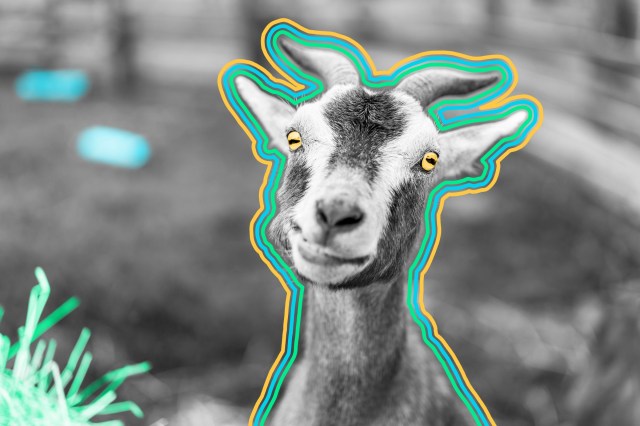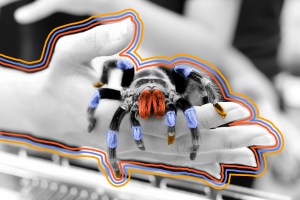
Numbers Don't Lie

The first use of the acronym GOAT (Greatest Of All Time) was in reference to ______.

Ready to reveal?
Confirm your email to play the next question?

The first use of the acronym GOAT (Greatest Of All Time) was in reference to Muhammad Ali.

Goats have accents.
A 2012 study from Queen Mary University of London revealed that kids (the goat kind, not the human kind) altered their bleating when socializing with other goats. The ability to change one’s voice in response to a social environment is known as “vocal plasticity,” and humans display an extreme form of this concept — it’s how we can develop accents. Goats develop similarly distinct accents based on their social group, admittedly with a more limited vocabulary. In the study, scientists analyzed one-week-old goats compared to five-week-old goats; the latter is about the time goats form social groups known as “crèches.” They found that young goats raised in the same crèches developed similar bleats, altering their noises to fit in their social group as they aged. It’s also possible these accents help goats identify members of their group, an idea familiar to anybody who’s traveled outside their home country — or even their hometown.
















